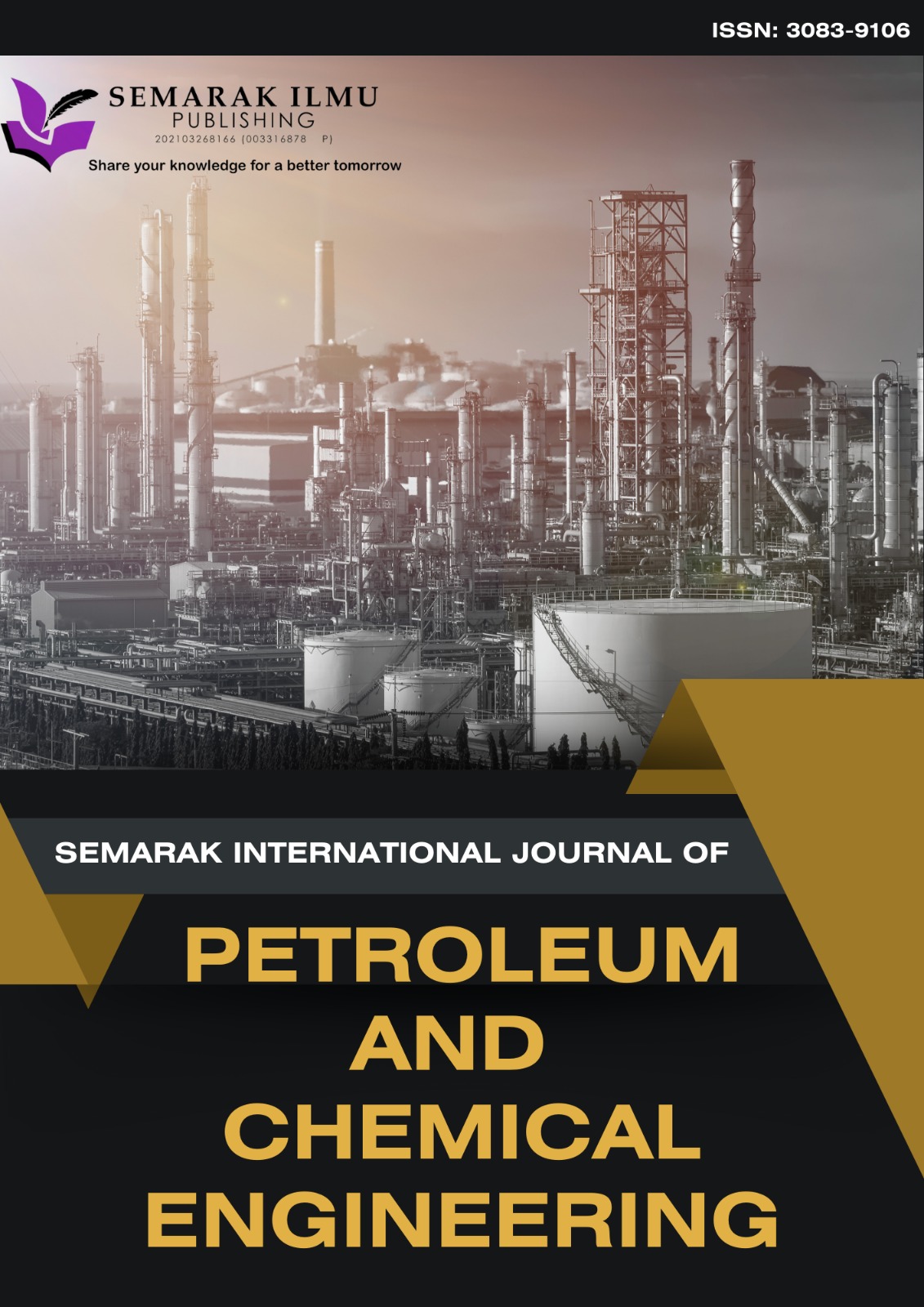Optimization of Extraction Temperature and Time for Antioxidant Lentinus Edodes using Response Surface Methodology
DOI:
https://doi.org/10.37934/sijpce.1.1.1525aKeywords:
Lentinus edodes, extraction, Response Surface Methodology (RSM), Central Composite Design (CCD)Abstract
The extraction conditions influencing the yield of crude polysaccharide and antioxidant activity in *Lentinus edodes* were studied and optimized using response surface methodology (RSM). Central composite design (CCD) was applied to optimize the extraction time and temperature. The results showed that the data were well-fitted to second-order polynomial models. The independent variables, temperature (A) and time (B), had significant linear, quadratic, and interaction effects on total carbohydrate content (TCC), total flavonoid content (TFC), and DPPH radical-scavenging activity. ANOVA analysis revealed that the models were highly significant (p < 0.001) for TCC, TFC, and DPPH radical-scavenging activity. The optimal extraction conditions were 225 minutes at 65°C, producing 55 mg/mL of carbohydrate content (TCC); 420 minutes at 100°C, yielding 53 mg/mL of flavonoid content (TFC); and 225 minutes at 65°C, resulting in 75.5% DPPH radical-scavenging activity. The models were validated, and the experimental values exceeded the predicted optimal values, reaching 66 mg/mL, 67 mg/mL, and 84.6% for TCC, TFC, and DPPH radical-scavenging activity, respectively.









